by Enrico Baccarini – T. K. Ellappa was a young draughtsman at an engineering college in Bangalore. We don’t know much about him and his life, only that under the direction of Pandit Subbaraya Shastry drawned illustrations for Vaimanika Shastra. That pictures, after, gone under the approval of Sri Subbaraya Shastry on 2nd December 1923 and become the first modern representation of ancient Vimanas.
Ellappa’s work is the only known attempt to recreate the contents kept inside Vaimanika Shastra but, at the same time, show to us his effort to be as faithful as possible to the original description. That strain can explain some errors done in the process of drawings Vimanas, but we also keep in mind that Ellappa never seen this object and also Subbaraya Shastry know them only by oral tradition.
The historical period when Vimanika Shastra was dictated by Subbaraya Shastry is between 1918 and 1923. Is G. Shastry Sharma Venkatachala, Pandit’s disciple, to became depositary of this knowledge while Ellappa is called to be the drawer of Vimanas.
We are at the beginning of XX century, airplane show their first evolution from wooden’s frame to metallic nacelles. The first two decades of XX century is a period where many concepts of Vymanika Sastras are absolutely foreigner to the science and technology of this period, that could be a proof of genuineness of material.
After, in 1944, a copy of VS was sent to Sanskrit Rajakiya Library of Baroda. The text was then published in Hindi in 1959 and then in 1973 into English by Pandit G.R. Josyer. Ellappa’s illustrations were added only in the 1973 edition and were not included in 1959 publication.
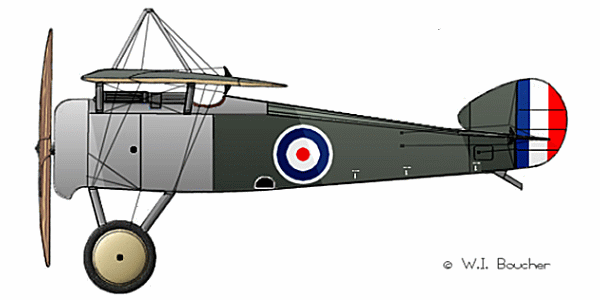
Sopwith Swallow – 1918
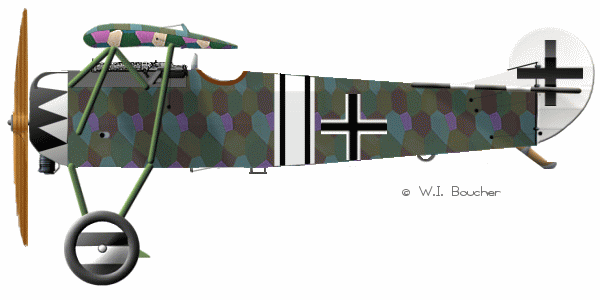
Fokker E.V – D.VIII – 1918
The above examples show the monoplane model of an aircraft used in 1918. We can easily understand from the outset as the aircraft described in Vymanika Shastra, and designed by Ellappa, are completely anachronistic for the beginning of XX century and even more out of time with aerodynamic shapes in use in that period but even more strange in this XXI century.
We need also to consider that the first flight of the Wright brothers took place only ten years before Ellappa’s work and that science was at its infancy.
Although many skeptics claim that writers like Jules Verne or H.G. Wells (consider that the first edition of The War of the Worlds is 1897) had already conceived and realized, through their fantastic novels, total abnormal aircraft, technologies and concepts for their time but nothing could be compared with the Vimanas described in VS.
In India’s situation, we speak about aircraft which are described since the very beginning of the history of this country and even more belong their historical collocation not only in the Rig Veda but also in other books like architecture’s volumes like Samarangana Sutradhara.
The great fantastical inventions of XX century novels sharply contrasts with the high level of detail and technology described in Vymanika Shastra. One thing it’s to invent dreamlike worlds, with none or almost not technological base, and bring them to public domain other thing is get in your hands a text with an high level of technology that provides scientifically informations, accurate description, tables of the aircrafts and genuine data that just today we started to understand.
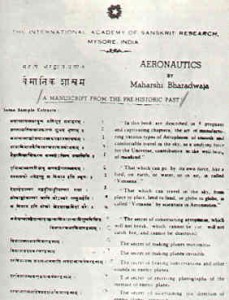
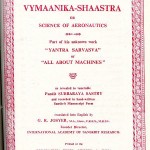
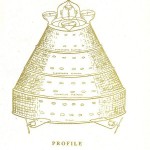
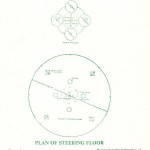
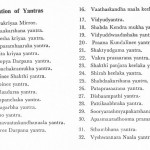
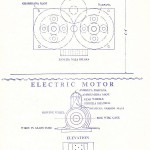
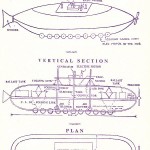
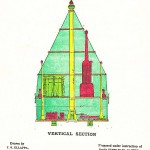
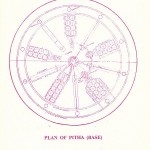
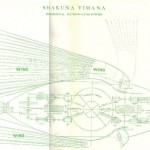
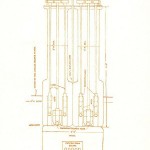
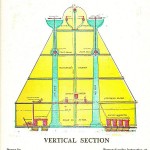
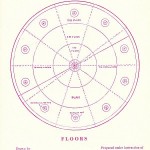
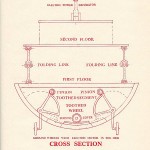
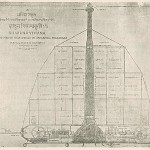
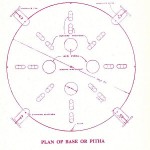
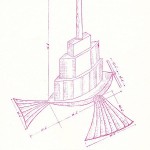
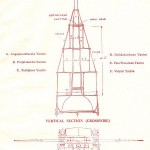
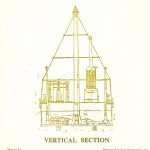
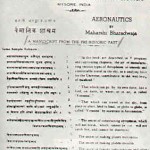
15 thoughts on “Ellappa’s pictures in Vaimanika Shastra”